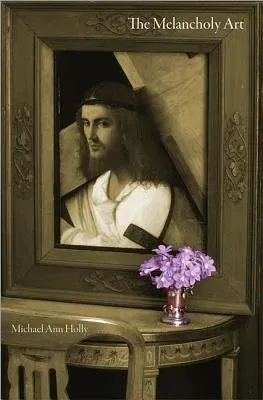Why the art historian's craft is a uniquely melancholy art
Melancholy is not only about sadness, despair, and loss. As Renaissance
artists and philosophers acknowledged long ago, it can engender a
certain kind of creativity born from a deep awareness of the mutability
of life and the inevitable cycle of birth and death. Drawing on
psychoanalysis, philosophy, and the intellectual history of the history
of art, The Melancholy Art explores the unique connections between
melancholy and the art historian's craft.
Though the objects art historians study are materially present in our
world, the worlds from which they come are forever lost to time. In this
eloquent and inspiring book, Michael Ann Holly traces how this
disjunction courses through the history of art and shows how it can give
rise to melancholic sentiments in historians who write about art. She
confronts pivotal and vexing questions in her discipline: Why do art
historians write in the first place? What kinds of psychic exchanges
occur between art objects and those who write about them? What
institutional and personal needs does art history serve? What is lost in
historical writing about art?
The Melancholy Art looks at how melancholy suffuses the work of some
of the twentieth century's most powerful and poetic writers on the
history of art, including Alois Riegl, Franz Wickhoff, Adrian Stokes,
Michael Baxandall, Meyer Schapiro, and Jacques Derrida. A disarmingly
personal meditation by one of our most distinguished art historians,
this book explains why to write about art is to share in a kind of
intertwined pleasure and loss that is the very essence of melancholy.

